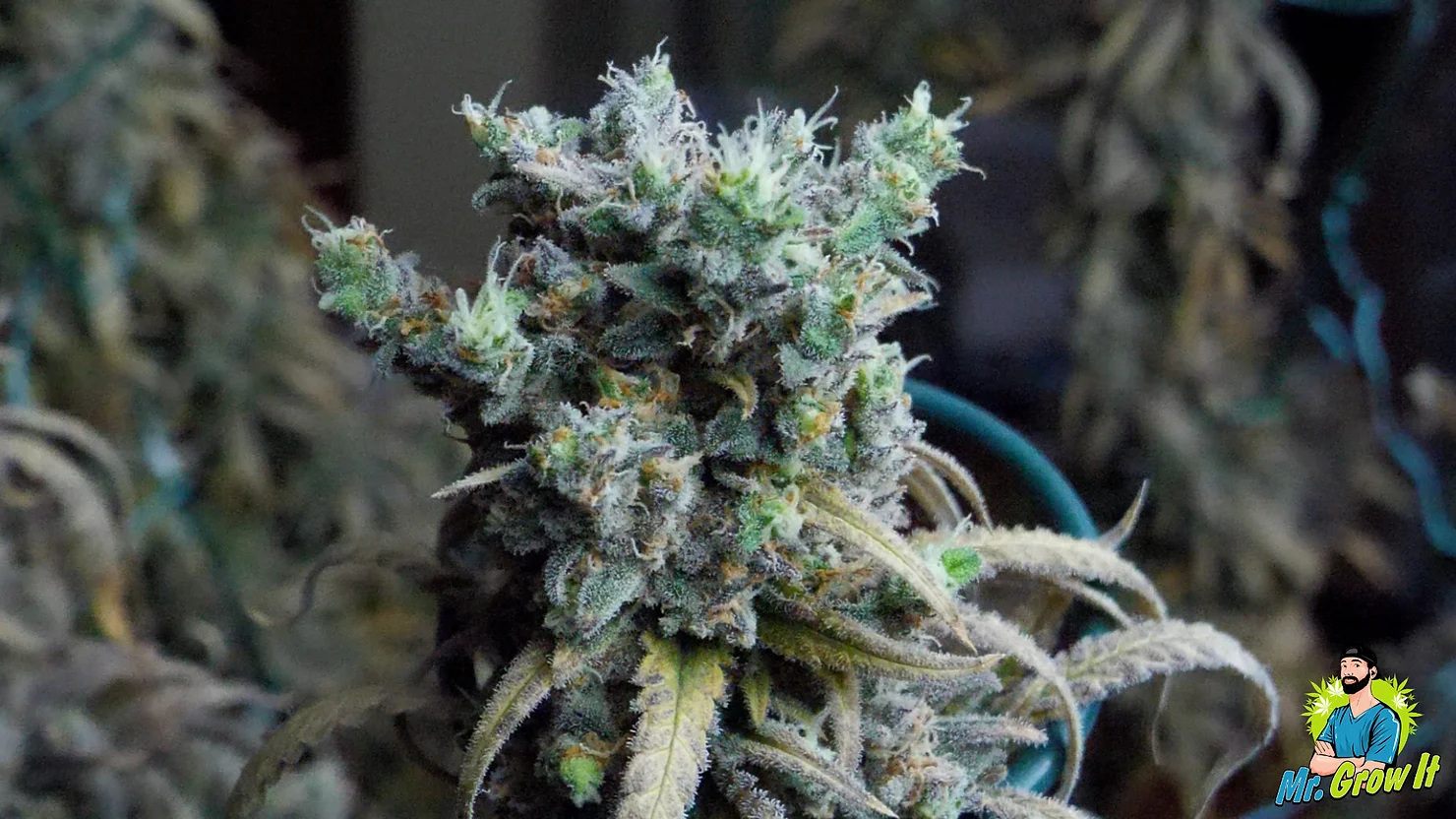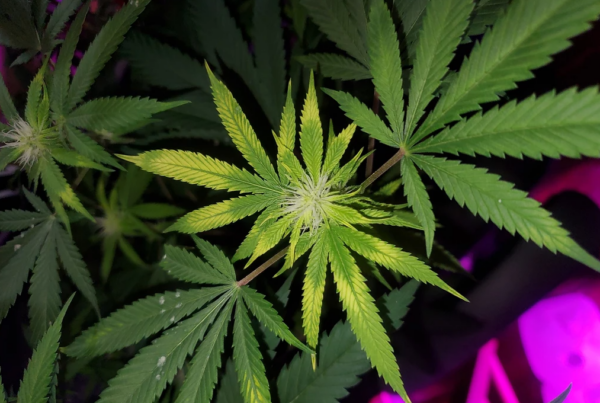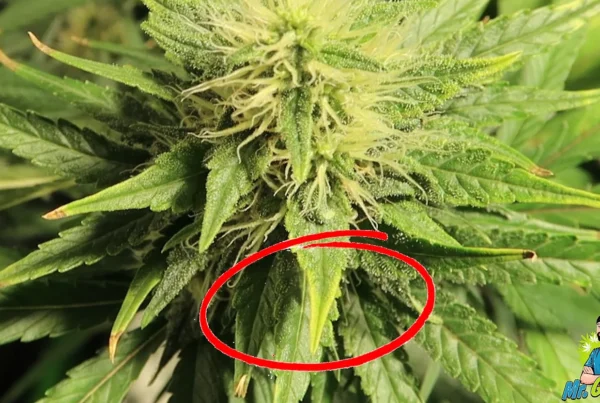Sometimes on your journey as a cannabis grower, you may find yourself perplexed as to what is wrong with your cannabis plant. What is causing the curled leaves and overall dull appearance of your plants? If you have eliminated the possibility of a nutrient deficiency, over-watering, and under-watering, then there is a high chance that your cannabis plant has heat stress. Not convinced? This article will help you check for all signs of heat stress and equip you with knowledge to assist you in helping your plants recover. Do not worry if you discover that your plants are suffering from heat stress as there are solutions in this article will set your plants on the road to recovery.
What is Heat Stress?
Both indoor and outdoor cannabis plants can suffer from heat stress. Despite being resilient plants, cannabis requires a certain temperature to thrive, just like, they require a certain amount of water to thrive. When the temperature is not in the correct range, cannabis plants start showing different physiological symptoms or signs of stress which are certainly not good in any way. It can not only affect plant health, but it can also significantly lower your overall yield.
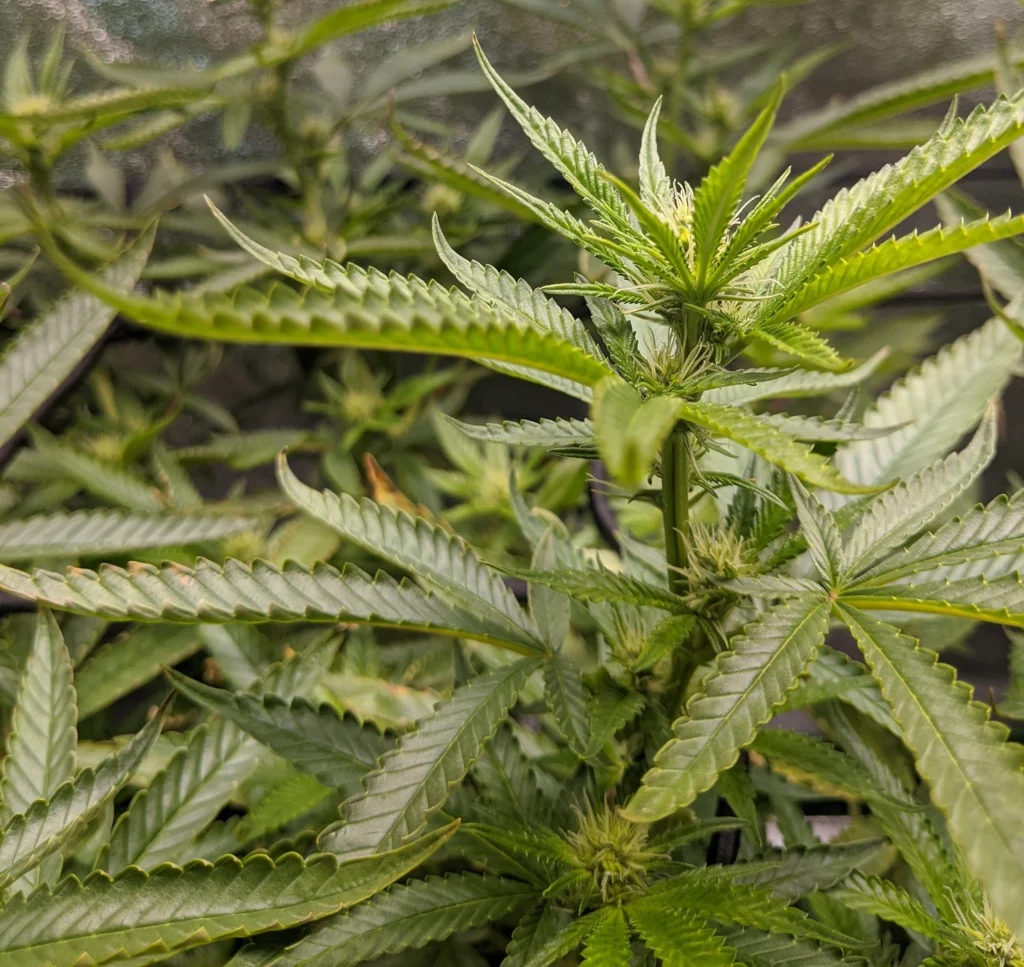
Right Temperature for Cannabis Plants
Now that you know what heat stress is, you may be wondering what the right temperature for the optimal growth of your cannabis plants is. But it is not only the temperature that you need to keep in check, but also the humidity. The correct temperature for cannabis plants is roughly between 75-85°F/23-29°C during the day (or lights on) and between 60-75°F/15-23°C during the dark cycle. If atmospheric carbon dioxide is abundant, then a few degrees above optimal will not have adverse effects. On some days you may see your plants getting heat stress despite the temperature being right and the main cause of that is low humidity. Arid and dry air causes plants to show signs of heat stress.
Signs of Heat Stress
There are two main indicators of heat stress in cannabis plants. The first pointer is that the leaves start to curl upwards (or point up) mainly near the light or heat source. Besides cupped leaves, you may notice yellowing of the leaves or brown patches/spots on the leaves. There is a possibility that you may only encounter cupped leaves on the affected plant and not see any burnt areas or patches. In the flowering stage, cannabis can show peculiar signs, for instance, new buds may grow over old ones. This peculiar stacking of new buds over old is called foxtailing. Foxtails are not dense and are generally seen as a bad characteristic.
To recap, there are three symptoms of heat stress that you should look for:
- Cupped Leaves
- Yellow or Brown Burnt Spots
- Foxtails
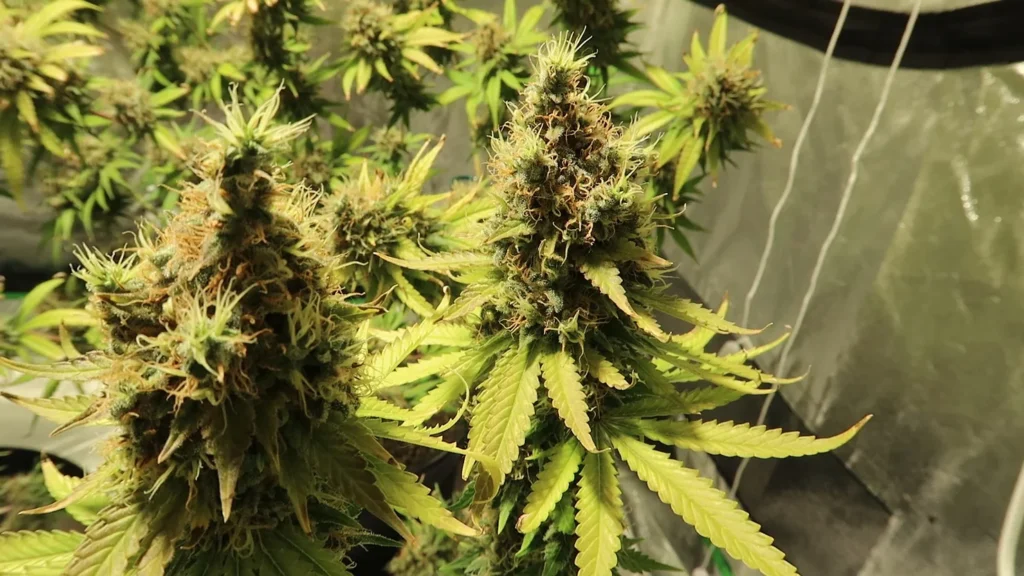
Solutions for Heat Stress
Heat stress can cause some serious damage to your cannabis plants but there are effective solutions that you can use to deal with it in both indoors and outdoors. The key to preventing heat stress lies in controlling the heat and monitoring the temperature.
For Indoor Plants
Here are a few things that you can do to keep your indoor plants from getting heat stress:
- Ensure that you have good air circulation in the room. You should have at least one oscillating fan in your grow environment for that purpose and keep it on a setting to blow a light breeze onto the plants. You can also have a fan blowing on top of the plant canopy to keep the heat from the grow lights from affecting the plants.
- You should check to see if the lights are too close to the plant. Light does generate heat and can cause heat stress. Do a hand-test and keep your hand near the top of the canopy to check if it is bearable. Reposition the lights if they are causing the problem.
- An exhaust system will certainly control the heat. Installing an exhaust system will help get the hot air out of the room and bring fresh air in.
- Use seaweed kelp extract to get the plant out of heat shock. It is available as a liquid fertilizer and helps prevent the problem in the future. It is loaded with nutrients and silicon which makes the plant’s cells more resilient to heat.
- Add air conditioning or coolers to the room to bring the temperature down if possible. Coolers raise humidity whereas air conditioners lower it.
- Monitor the temperature in the room to ensure that it is optimal for cannabis in both vegetative and flowering stages. Hang your temperature monitor at the top of your plant canopy for a more accurate picture of what your plants are experiencing

For Outdoor Plants
Heatwaves and hot, arid air can cause outdoor plants to suffer from heat stress. Here is how you can help your outdoor plants:
- Keep an eye on the weather forecast. If you know that it is going to be a hot day, water your plants in the morning or the evening. Watering the plant during the hottest hours of the day can cause harm.
- Ceramic pots can help outdoor plants as they serve as insulation from the sun. This will help keep the roots cool.
- You can also use seaweed kelp extract to protect your outdoor plants from heat stress.
- Provide your outdoor cannabis plants with some shade, if possible. You can use sheets as a cheap and temporary solution. You can also get sun sails made for your outdoor plants. If you go for some kind of permanent shade, do not expose your outdoor plants to the sun all of a sudden as it can cause heat shock.
- Grow a heat-resistant strain to help prevent heat problems in the future. For instance, Fruit Spirit, Amnesia Haze, etc.
Now that you know what heat stress is and how to combat it, you can implement measures to recovery and prevent heat stress problems from occurring in the future. Have your plants encountered heat stress in the past? What did you do you resolve the issue? Let us know by leaving a comment below.
![]()

